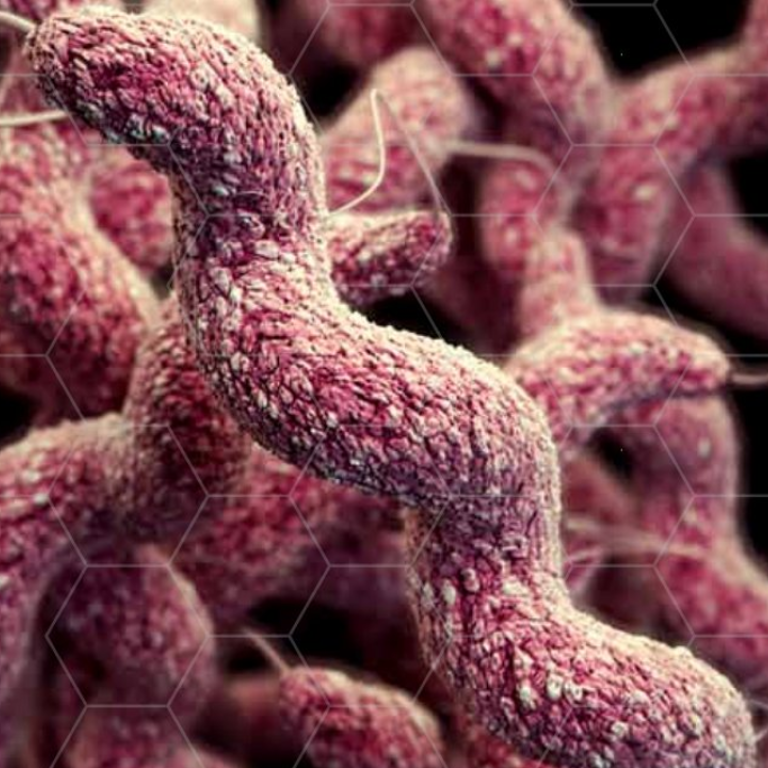
There’s a growing threat that could kill 10 million people a year by 2050
To fight antibiotic resistance, more and more new drugs have to be produced to stay ahead of the curve
- Antibiotic resistance has become a growing threat around the world, and is expected to kill 10 million people annually by 2050
- There’s a misconception about how resistance develops — it develops in microbes, not individual people, meaning even if you don’t use antibiotics you’re still susceptible to coming across a drug-resistant bug
- Nabriva Therapeutics CEO says that because of that confusion, we’re ignoring the problem, similar to how people ignore global climate change.
Most of us have encountered an antibiotic at some point in our lives — either to treat an ear infection, combat a round of strep throat, or treat a pesky cough.
But, as antibiotic resistance continues to be a growing problem around the world, it’s often hard to make the connection between drug-resistant bacteria and ourselves.
“When you get resistance for a common infection, it’s a big problem, which we’re sort of ignoring a bit like global warming,” Dr. Colin Broom, CEO of Nabriva Therapeutics, a biotech developing a new antibiotic to treat community acquired bacterial pneumonia. The drug, called lefamulin, is currently in phase three trials, with some results coming later this year.
Antibiotic resistance is expected to kill 10 million people annually by 2050. And it hasn’t been easy to get new drugs to stay ahead of the problem. Over the years, many major pharmaceutical companies have stopped developing new antibiotics, and those that are still in development have faced a number of stumbling blocks toward approval.
The reason there are similarities in the responses to climate change and antibiotic resistance is because there tends to be a misconception about antibiotic resistance and how it spreads, Broom said.
It’s easy to deny that you’re involved, especially if you’re not actively getting treated for a bacterial infection. According to a World Health Organization survey from 2015, 76% of those who responded think that antibiotic resistance happens when a person’s body becomes resistant to the drug. Thus, because they’re not actively taking an antibiotic, resistance isn’t their problem. But in reality, that’s not the case.
“It has nothing to do with you,” Broom said. “It’s the bacteria that somebody else has had that you pick up.”
So while you might not be experiencing a bug that’s resistant personally, that doesn’t mean it’s not getting worse.
“That I think is the disconnect,” Dr. Elyse Seltzer, chief medical officer of Nabriva told Business Insider. “At the national organisation level there’s a clear recognition of the need for new antibiotics.”
Government organisations such as the Centers for Disease Control and Prevention have been warning about the rise of antibiotic resistance, saying we’ll soon be in a “post antibiotic era.”
But, according to Seltzer, that doesn’t necessarily translate to day-to-day operations at a hospital, where a doctor might prescribe an antibiotic and never hear from the patient again — meaning the drug may have done the trick, or the patient went somewhere else for more help.
That disconnect is similar to what happens with climate change, where you might not encounter an example of it every day, but on a global level it’s still happening.

